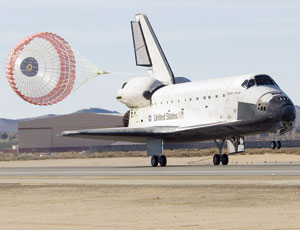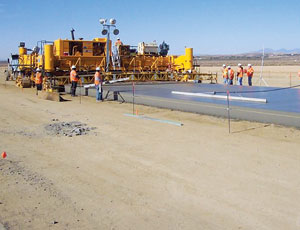The role of people rather than process in boosting both project and corporate results in the construction industry is gathering momentum as an emerging area of study called “social network analysis.” Researchers are now studying projects and companies to determine how poor communication and too much focus on an “engineering approach” undermine more stellar performances. Some say development of the SNA concept could transform the industry.


One researcher, Paul Chinowsky, associate professor in the civil, environmental and architectural engineering department at the University of Colorado, Boulder, says the concept is routine in other business sectors such as health care and transportation, but construction “still clings to a reactive project execution model and meeting historical benchmarks,” a focus that is starting to have “diminishing results.” The researchers’ models show that in order to enhance performance, project teams and executive suites need to focus on new parameters such as “enhanced innovation, learning, knowledge exchange and a notable increase in the classic project benchmarks,” Chinowsky says.
SNA research began with a grant from the National Science Foundation to study how to improve performance by disaster recovery teams. The concept in construction got a big boost when researchers field-tested it on the $130-million repaving of the 16,000-ft-long, 300-ft-wide main runway at Edwards Air Force Base in Southern California, the world’s longest runway and itself a test bed for pioneering flight achievements dating back 60 years. It is now used for space shuttle landings.
The design-build repave project, a joint venture between CH2M Hill Cos., Denver, and Interstate Highway Construction Inc., Englewood, Colo., was a good SNA test site because the runway’s high profile and 24/7 critical mission could have been problematic. But the project beat its already shortened schedule by 90 days.
Chinowsky attributes the project’s success to strong leadership “and a lot of trust and interaction, as opposed to central control. From the very beginning, they actually talked about what was required for collaboration, not just who had what responsibility. You don’t see that a lot.”
David F. Bird Jr., CH2M Hill’s project manager, says, “When you talk about team performance, most teams have breakthrough performance when there’s a catastrophic failure. Processes don’t help teams when that happens. You have to look at true empowerment.”
Researchers also are testing the SNA concept in large engineering firms that are diverse geographically and by market, which can create unproductive “fiefdoms,” Chinowsky says. “They don’t communicate or trust each other, are not leveraging expertise they have and don’t perform as well. It’s very classic engineering and construction behavior.” But, he adds, “we have been able to provide specific analysis of why a project or organization is or is not achieving high performance. It is very exciting, and CEOs are excited about the work.”





Post a comment to this article
Report Abusive Comment